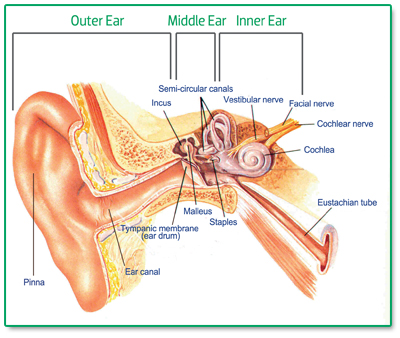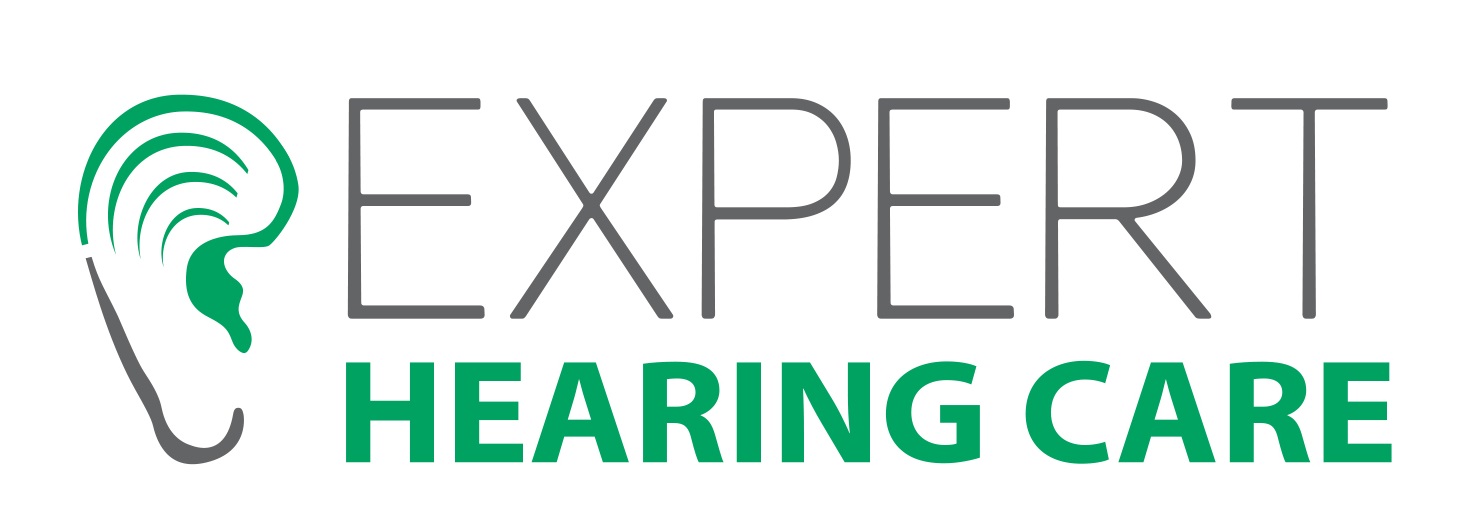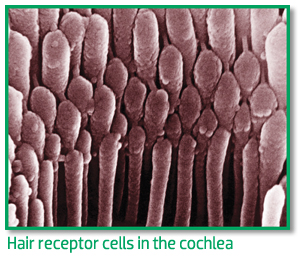
HOW THE EAR WORKS
In order to best understand how hearing loss can develop, it is useful to quickly look at how the human works. By understanding the function of each part of the ear, we can better understand how hearing is affected when those parts are not functioning normally.

